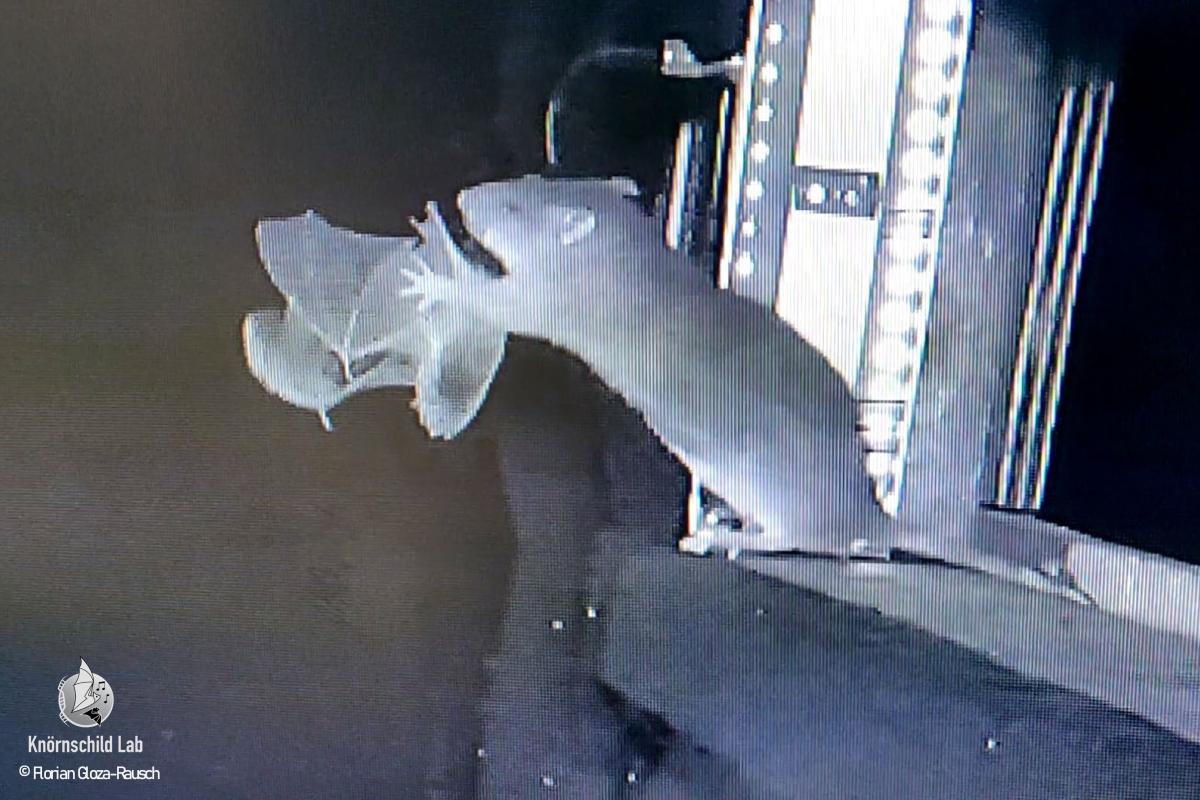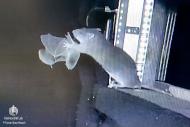Researchers at the Museum für Naturkunde Berlin report rare observations of hunting behavior by the Norway rat (Rattus norvegicus) in northern Germany. At the Segeberger Kalkberg – home to many thousands of hibernating bats – infrared video captured rats preying on bats during the autumn swarming period. At the Lüneburg Kalkberg, additional evidence also points to rat predation on bats.
“Our observations show how adaptable and skillful Norway rats are in exploiting food resources in urban ecosystems, while highlighting a conservation issue linked to invasive mammals. To our knowledge, this type of rat behavior has not previously been documented scientifically,” says Florian Gloza-Rausch, the first author. It has long been known that invasive rodents can cause major biodiversity losses on islands, driving declines or even extinctions of endemic species.
Bat populations at large inner-city wintering sites in Bad Segeberg and Lüneburg face increasing pressures from urbanization, road networks, and light pollution. For the nocturnal bats that migrate to these sites from considerable distances, reaching safe hibernation sites is becoming more difficult. Regular predation by Norway rats could, under certain circumstances, lead to population-relevant losses, as illustrated by the study’s scenario-based estimates of potential predation. This represents a conservation challenge that should be taken seriously.
Beyond conservation relevance, the study contributes to understanding interactions among wildlife populations. Bats and rodents are recognized reservoirs for numerous zoonotic pathogens. The observation that Norway rats systematically prey on bats provides rare evidence of direct contact between two important wildlife reservoirs in an urban setting and indicates a potential interface for pathogen exchange. The study explicitly emphasizes that the results do not indicate an immediate zoonotic risk; rather, they point to a mechanism by which invasive rodent populations could amplify and redistribute pathogens in urban ecosystems. “Targeted control of Norway rats at key bat hibernation sites would both protect vulnerable bat populations and reduce potential public-health risks,” emphasizes Mirjam Knörnschild, co-author of the study. An essential pillar for reducing urban rat populations is effective waste management and control within sewer systems.

